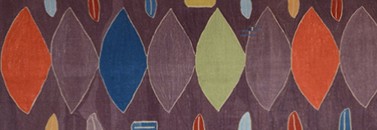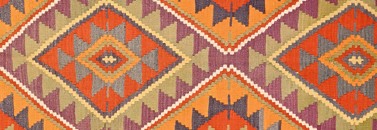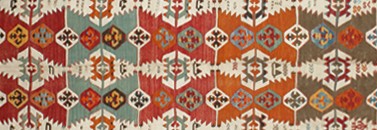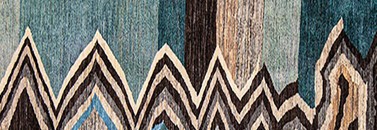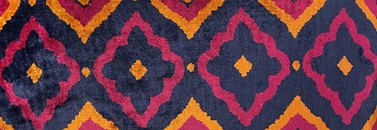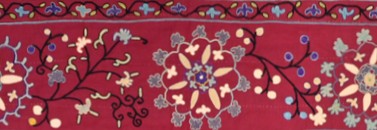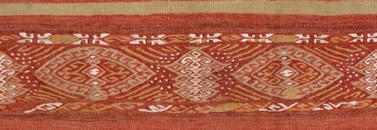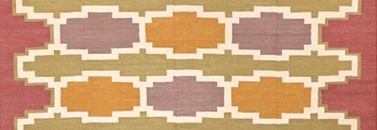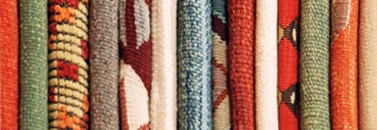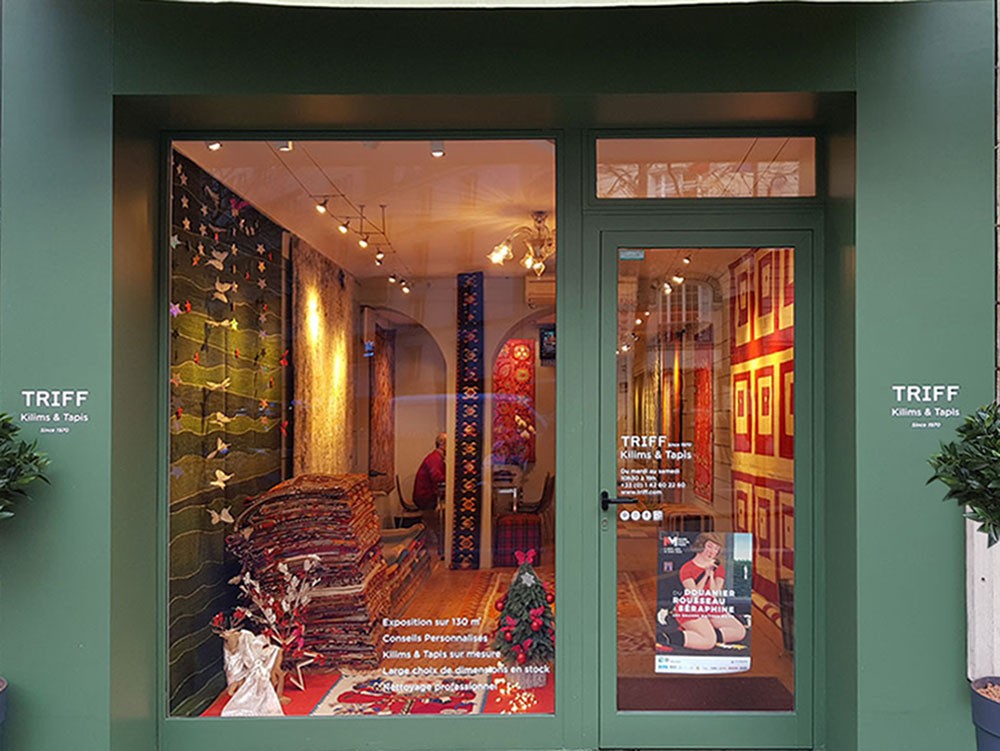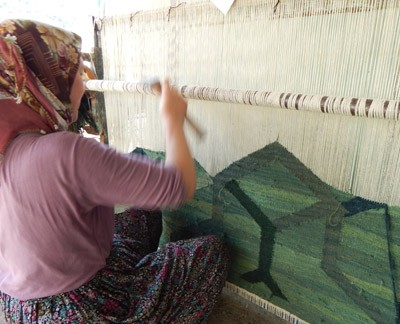Menu
-
MenuBack
-
Our collections
-
-
Inspiration
-
- Our expertise
-
Our world
-
-
Our universe
-
-
-
The art of Kilim
A specialist in kilims since the early 1970s, the TRIFF gallery has largely contributed to making these weavings known in France and Europe. Since its creation, the gallery has always favored the criteria of quality, authenticity, aesthetics and originality for the choice of its kilims.
-
-
L'art du Kilim
Do you know the ancestral art of the kilim? Find out more about this weaving technique that tells a beautiful story.
-
0
Cart
/
Empty
Your cart
There are no more items in your cart

